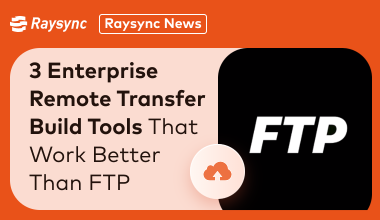Scientific Popularization Articles:How to implement OIDC integration?
Integrating OIDC into applications is becoming increasingly popular, as it offers a more secure and user-friendly authentication experience. By leveraging OIDC, applications can delegate the responsibility of user authentication to trusted identity providers, such as Google, Facebook, or Microsoft, eliminating the need for application-specific usernames and passwords.
Part 1:What is OIDC?
OIDC (OpenID Connect) is an authentication + authorization protocol based on the OAuth 2.0 protocol, used for user identity authentication. It extends OAuth 2.0 to provide a standardized way for identities, allowing users to authenticate themselves through third-party applications and securely expose their user data to third parties for authorized access to the application.
Part 2:OIDC protocol has the following three types of roles
User: The resource owner who needs to authenticate their identity and authorize service access to their resources.
Service Provider (SP): The application, client, or website that handles user requests for identity authentication and resource access, such as RaySync.
Identity Provider (IDP): The service provider that stores and verifies user identity information.
Part 3:How does RaySync integrate OIDC into its existing application system?
As an enterprise-level large file transfer product, RaySync also supports various user system integrations, including support for LDAP/AD domain, email systems, and Linux systems. It also supports user integration through the OIDC method.
As a Service Provider (SP), RaySync communicates with the Identity Provider (IDP) backend through the OIDC protocol. Its functionality is similar to the traditional OAuth flow, interacting with the RaySync web application to obtain access tokens through traditional OAuth access token methods. In this flow, the IDP provider does not send user details but sends a special one-time code, which the RaySync Web Service can exchange for an OAuth access token. In addition to the one-time code, this exchange also requires the client ID and client secret, just like the traditional OAuth 2.0 flow. This token is invisible to the browser, allowing RaySync to authenticate the user's identity with the IDP service, acting as a service provider.
Here is the integration process:
Prerequisite: RaySync is registered on the Authorization Server (IDP) and obtains the client identifier and client secret.
Specific steps of the process:
Step 1: The user attempts to start a session in the RaySync user front-end application and is redirected to the IDP user authentication page, passing the client ID, which is unique to that application.
Step 2: The user enters their credentials on the IDP user authentication page for identity verification, and the IDP provider authenticates and authorizes the user for a specific application instance.
Step 3: The one-time code is passed back to the RaySync Web Server using the pre-defined redirect URI.
Step 4: The RaySync Web Server passes the code, client ID, and client secret to the OpenID provider's token endpoint, where the OpenID provider verifies the code and returns an access token.
Step 5: The RaySync Web Server retrieves detailed information about the user (IDP user account, IDP user ID) using the access token.
Through the above steps, user authorization and authentication are completed, allowing users to access RaySync resources and achieving user integration between RaySync and OIDC.
Final word
In summary, OIDC integration offers a host of benefits for applications, including improved security, user convenience, and development efficiency. By integrating OIDC into your application, you can elevate your authentication capabilities and provide a seamless experience for your users. And with Raysync's support, you can achieve secure and efficient file transfers while leveraging the power of OIDC authentication. Start exploring the possibilities of OIDC integration and unlock the full potential of your application today.
You might also like

Raysync News
January 26, 2024Which are the better tools for enterprise remote transfer of large files than FTP?
FTP in the modern enterprise environment is struggling, this article will explore several superior than FTP enterprise file transfer tools, to help enterprises quickly choose the right transfer tool.
Raysync News
December 7, 2023What is DCP Transfer and How to Transfer?
This guide explores what DCP (Data Copy Protocol) file transfer is, why the need has surged for secure large data transport, top transfer methods available, and best practices for moving mass data to/from the cloud.

Raysync News
April 23, 2020Raysync Transmission Explains FTP
FTP is used to transfer files between computers on a network.